The Urinary Catheters Market is characterized by a competitive landscape that is increasingly shaped by innovation, strategic partnerships, and regional expansions. Key players such as Bard Medical (US), Coloplast (DK), and Medtronic (US) are actively pursuing strategies that enhance their market positioning. Bard Medical (US) focuses on product innovation, particularly in developing advanced catheter materials that reduce infection rates. Coloplast (DK) emphasizes regional expansion, particularly in emerging markets, to capture a broader customer base. Medtronic (US) is leveraging digital transformation to enhance patient outcomes through connected devices, which collectively indicates a trend towards more patient-centric solutions in the market.
The business tactics employed by these companies reflect a moderately fragmented market structure, where local manufacturing and supply chain optimization are pivotal. Companies are increasingly localizing their production to mitigate supply chain disruptions and enhance responsiveness to regional demands. This strategy not only reduces costs but also allows for quicker adaptation to local market needs, thereby strengthening their competitive positions.
In August 2025, Bard Medical (US) announced the launch of a new line of antimicrobial catheters designed to significantly reduce the risk of urinary tract infections. This strategic move is crucial as it aligns with the growing demand for infection prevention in catheter use, potentially enhancing patient safety and satisfaction. The introduction of these products may also provide Bard Medical with a competitive edge in a market that is increasingly prioritizing health outcomes.
In September 2025, Coloplast (DK) entered into a partnership with a leading telehealth provider to integrate remote monitoring capabilities into their catheter products. This collaboration is strategically significant as it reflects a broader trend towards digital health solutions, enabling better patient management and adherence. By incorporating telehealth features, Coloplast is likely to enhance its value proposition, appealing to both healthcare providers and patients.
In July 2025, Medtronic (US) expanded its product portfolio by acquiring a startup specializing in AI-driven catheter management systems. This acquisition is indicative of Medtronic's commitment to integrating advanced technologies into its offerings, which could lead to improved patient outcomes and operational efficiencies. The move not only diversifies Medtronic's product range but also positions the company at the forefront of technological innovation in the urinary catheters market.
As of October 2025, the competitive trends in the Urinary Catheters Market are increasingly defined by digitalization, sustainability, and the integration of artificial intelligence. Strategic alliances are becoming more prevalent, as companies recognize the need to collaborate to enhance their technological capabilities and market reach. Looking ahead, competitive differentiation is likely to evolve from traditional price-based competition towards a focus on innovation, technology integration, and supply chain reliability, suggesting a transformative shift in how companies compete in this sector.


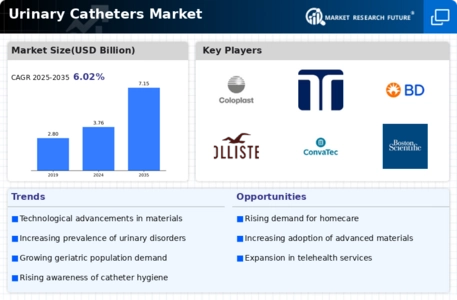
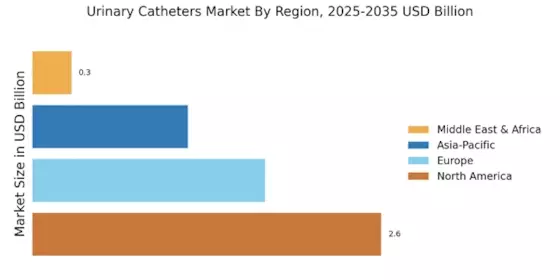
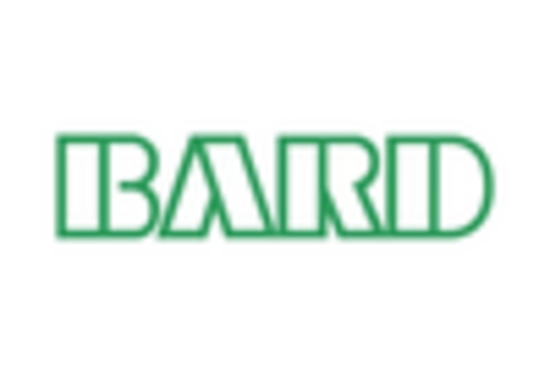

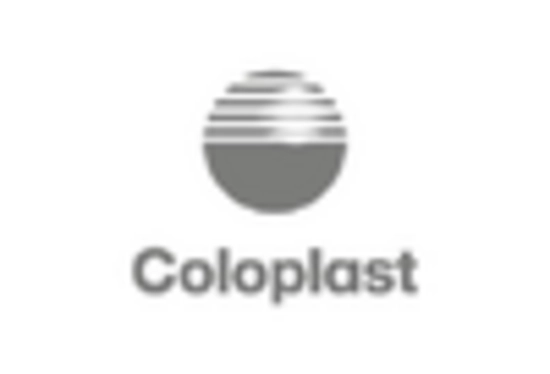


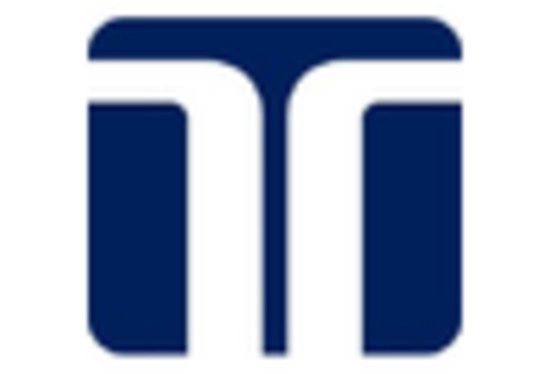








Leave a Comment